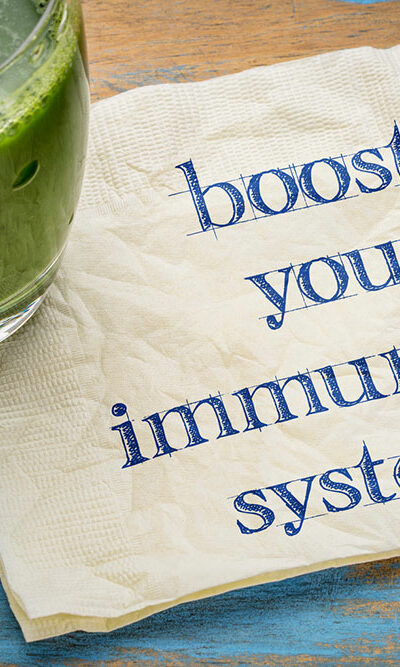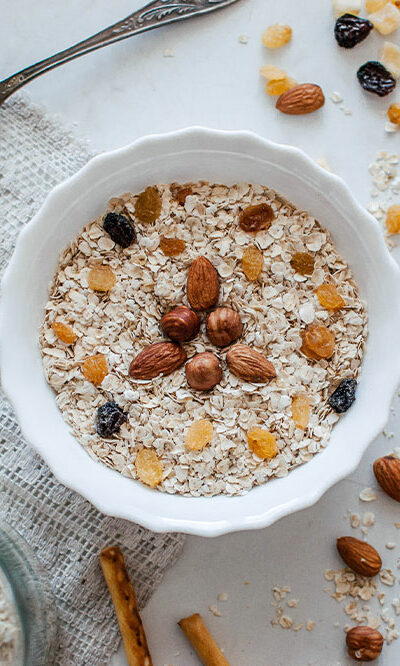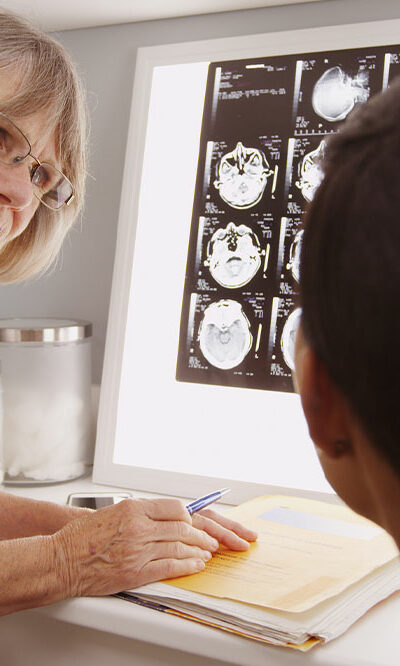
8 Simple Tips To Prevent Hair Damage
Most people have probably given in to using hair products, such as gels, dyes, and other items loaded with harmful chemicals. Many others might be dealing with natural conditions that damage the hair structure. It would result in conditions including the loss of hair in patches, split ends, and dandruff. But it’s not too late to get things back on track. Here are eight tips to improve and maintain the condition of your hair- Bathe with lukewarm water The scalp produces certain oils that serve as natural conditioners for the hair. But if one bathes with hot water, they risk stripping the head of these oils, which could cause shiny hair to turn dull. So you should avoid washing your hair with hot water. However, it doesn’t mean you have to shower with cold water. You could use lukewarm water to wash your hair and massage the scalp by using an appropriate shampoo while you’re at it. Wash oily hair frequently Typically, individuals may wash their hair every 2 to 3 days. However, the gap between each wash may vary among people. The duration between each wash should depend on the amount of oil the scalp produces. If the produced oil is excessive, one may need to wash it at least once daily. People with chemically treated hair might have a drier scalp and must wash it less frequently. One should also remember that the scalp produces less oil as the person ages. Therefore, such people may not need to shampoo that often. However, if the individual notices flakes in their hair, they might not be shampooing enough and might need to work on this aspect to prevent dandruff and other scalp-related conditions. Leave wet hair untied after it is washed People with busy schedules might find it best to tie their wet hair into a bun to get it out of the way.










